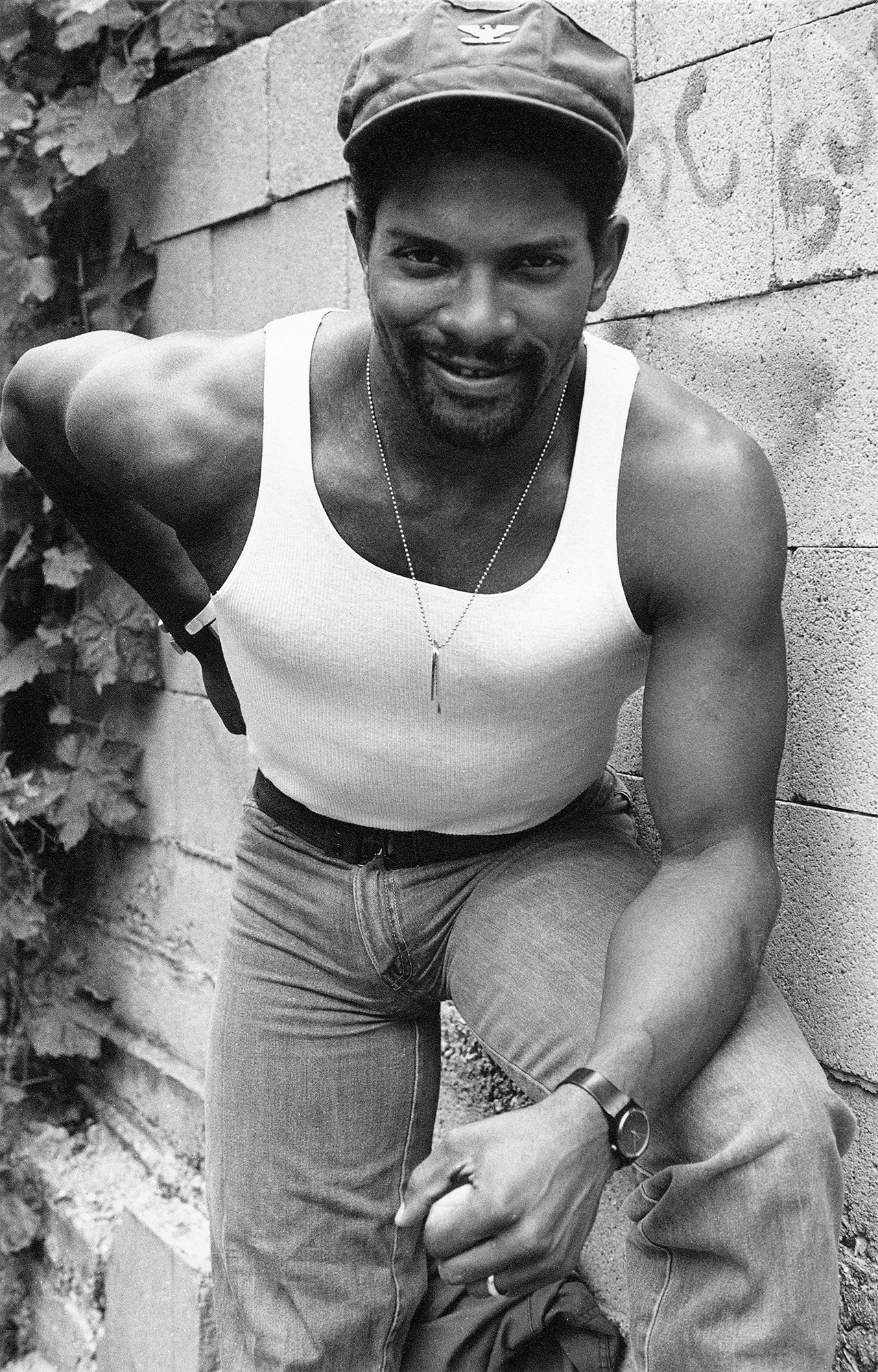Those who had the pleasure of meeting Tom of Finland (born Touko Valio Laaksonen, 1920–1991) may have expected to encounter a walking, talking version of his drawings. Instead, they would have been greeter by a gentle soul, whose Finnish upbringing made him a quiet and reserved individual, who would easily slip into the fantasy world of his homoerotic drawings for hours at a time.
“If you know Finns, and most people don’t, they can be quite quiet,” says Durk Dehner, president of the Tom of Finland Foundation. “When I first went to Finland, Tom set up a cocktail party for me at his apartment. His friends started coming while he was arranging cocktails and preparing hors d’oeuvres. We were all sitting in the living room and nobody was saying a word. I was so uncomfortable, I went into the kitchen and said, ‘When are they going to start talking?’ He said, ‘Give them one more drink and they will,’ and that was the case. Of course six hours later I went into the kitchen and said, ‘When are they going to go home?’ That’s Finns in a nutshell.”
Although Tom was unassuming, he was confident and determined to create works of art that would empower and inspire gay men at a time when homosexuality – and very the depiction of it – was criminalised, stigmatised, and misrepresented. Tom’s groundbreaking drawings of bikers and leathermen, which he made from photographs now on view in the new exhibition Tom of Finland: The Darkroom, revolutionised the portrayal of gay men forevermore. “He wanted his history to be in his art,” Dehner says. And so it was – but still many wish to know, what was Tom of Finland really like? Here his friends, lovers, and models reminisce on the man behind the myth.
Durk Dehner
Businessman, film director, and publisher Durk Dehner co-founded the Tom of Finland Company and later established the Tom of Finland Foundation in 1984. In 2017, Dehner was inducted into the Leather Hall of Fame.
“Serendipity brought me to New York City when I was 26. I won a leather contest at a bar called the Eagle’s Nest and one of the prizes was a photo shoot at Target Studios, a derivative of Colt Studios. The day before the shoot, I was at a leather bar called the Spike and I saw this poster on the wall. It was a leatherman bare-chested with jailer keys. This was a poorly reproduced, pirated image of Tom’s, but I gravitated towards it. I slyly undid the thumbtacks holding it in place, rolled it up, and put it up the sleeve of my leather jacket.
“The next day I took the poster to the photo shoot and showed it to another artist, Etienne, who knew Tom and gave me his mailing address. I wrote Tom a fan letter telling him how his work had affected me. He wrote back, thanking me for the compliments and inquiring about who I was. I told him I was a model in New York. We stayed in touch periodically. I moved back to California in 1977.
“In 1978, Tom let me know he was coming to California and I offered to host him. I went to the airport to meet him and when he arrived he had a big smile on his face. He shared with me that even though I had not told him where I was modelling, he had seen photographs in advertisements for Looking Good, a men’s grooming book by Bruce Weber, and hoped I was the same guy. It turned out I was. We got along so well. I was his confidant, business partner, lover, and muse from when he was 58 to 71, when he died.
“Tom gave off a shy expression but he was very self-assured. I could take him out in my freewheeling days, drop him off the bar, and go about my business. Five minutes after we arrived he would be in deep conversation with somebody. He had a very positive and jovial personality. It was very pleasing to him seeing how open and free gays were and how they were affectionate with each other. He was like a father who was raising his children, teaching them to feel good self-esteem and not to be shamed by anything. He prepared us to become gay activists.”
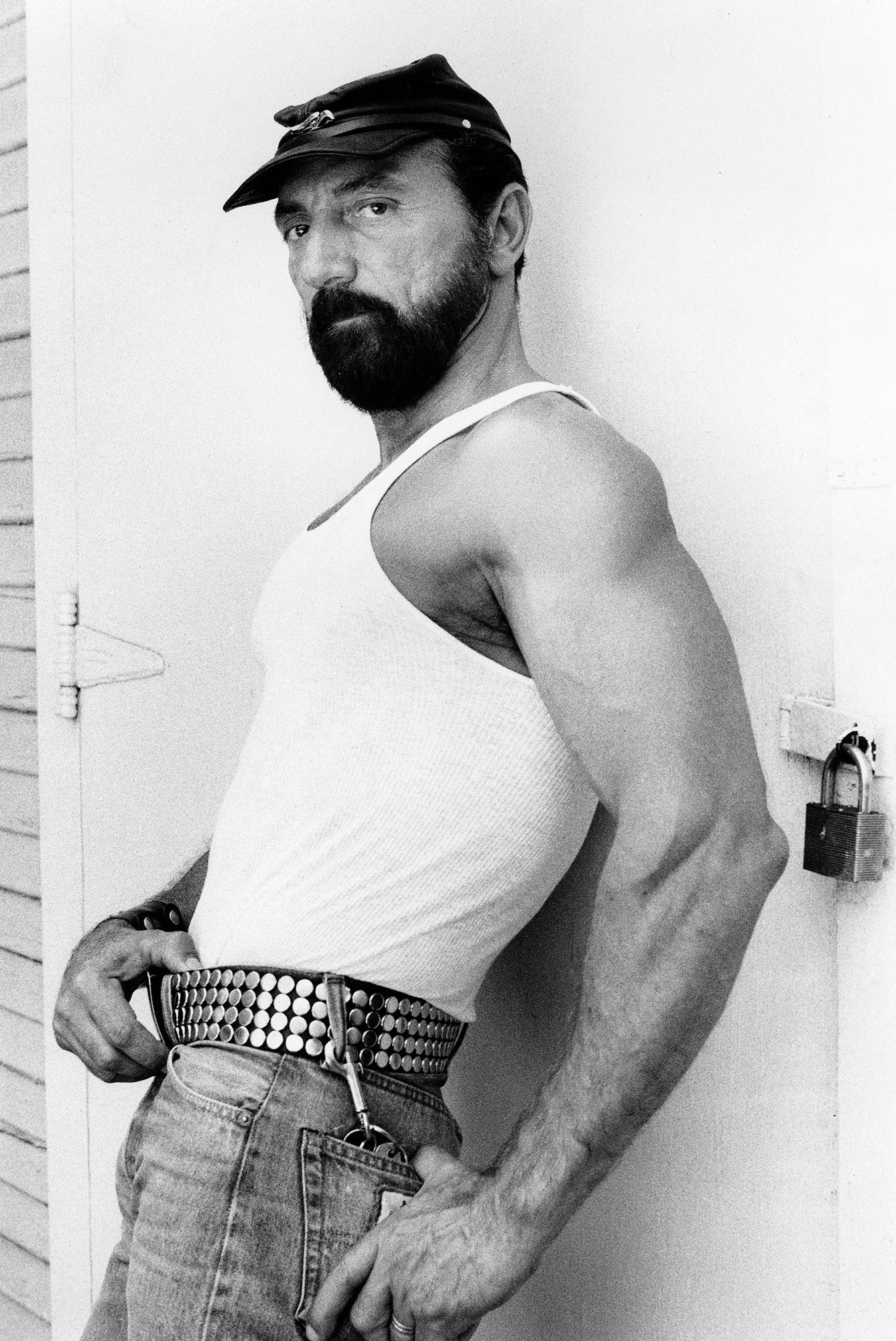
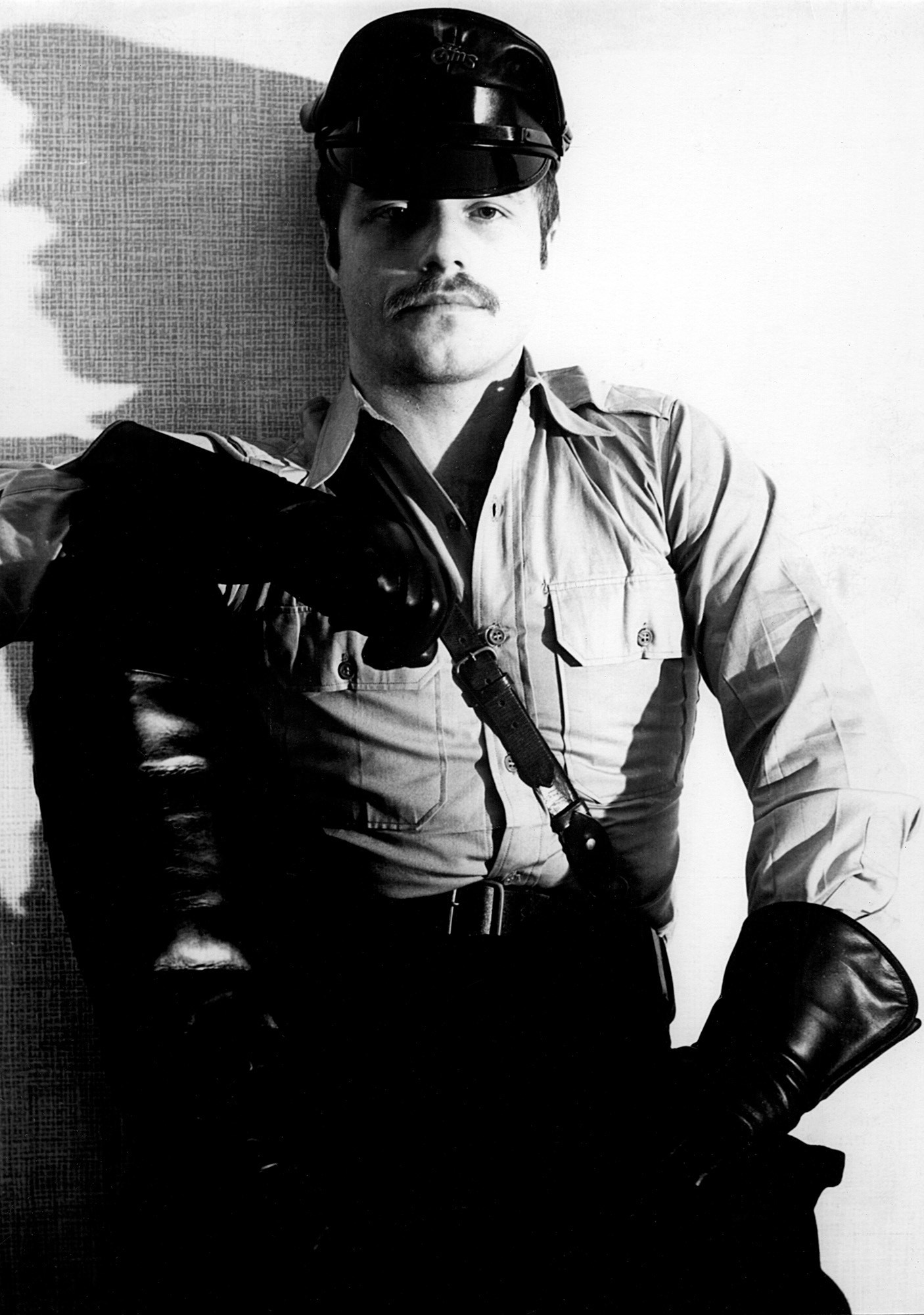
Luke Daniel
Luke Daniel lived at TOM House in Los Angeles for nearly eight years.
“I was about 24 years old when I realised my preference for hypermasculine men in leather. When the Tom of Finland calendar came out in 1978, I became aware of Tom and his work. During the fall of 1980, Durk Dehner and I became best friends and lovers. I moved into TOM House and shortly thereafter had the pleasure of meeting Tom. He was a shy, introverted, and quiet man until he felt comfortable with you. Every day, he sat uninterrupted for hours upstairs in his room and drew continuously. He had an enormous abundance of fantasies that came to life on paper.
“I thoroughly enjoyed living nearly eight years at Tom’s House. There were so many comings and goings all the time while Tom was in residence that we always prepared dinner together. Everyone pitched in and it was truly a communal brotherhood experience. Looking back, it was one of the most special times of my life. At times it was like being a kid in a candy store, with so many hot and attractive men [around].
“Perhaps my most enduring memory of Tom [was] in 1983 at the International Mr Leather Contest in Chicago. I was relinquishing my title, International Mr Leather and Mr Drummer of 1982, and it as my honour to introduce Tom, bring him on stage, and bestow our immense respect and gratitude for memorialising our collective gay brotherhood in art. He received a standing ovation which lasted several minutes. Tom was completely overjoyed and very humbled by this experience. I had given Tom half a Quaalude that night and he was in total awe and bliss!”
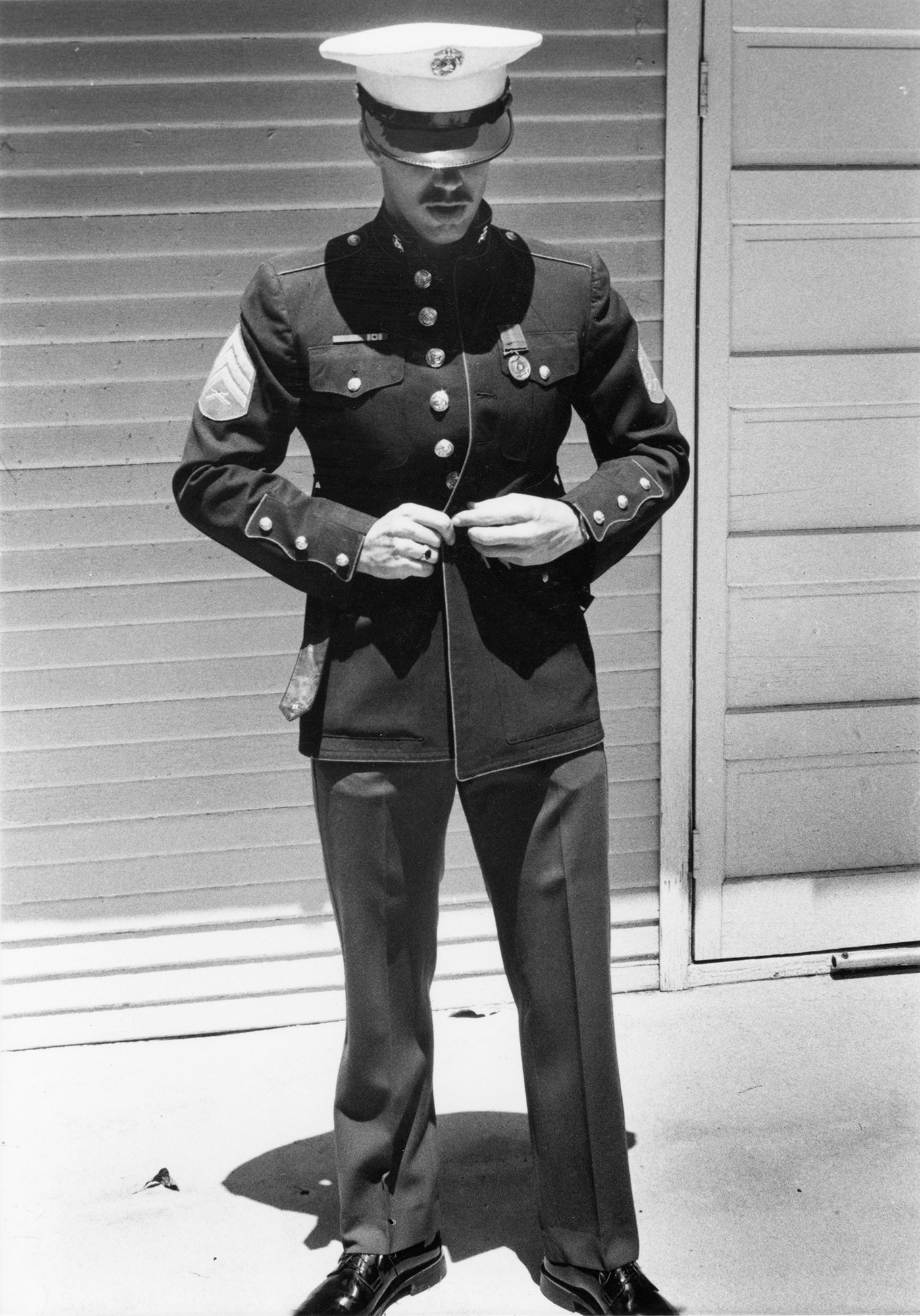
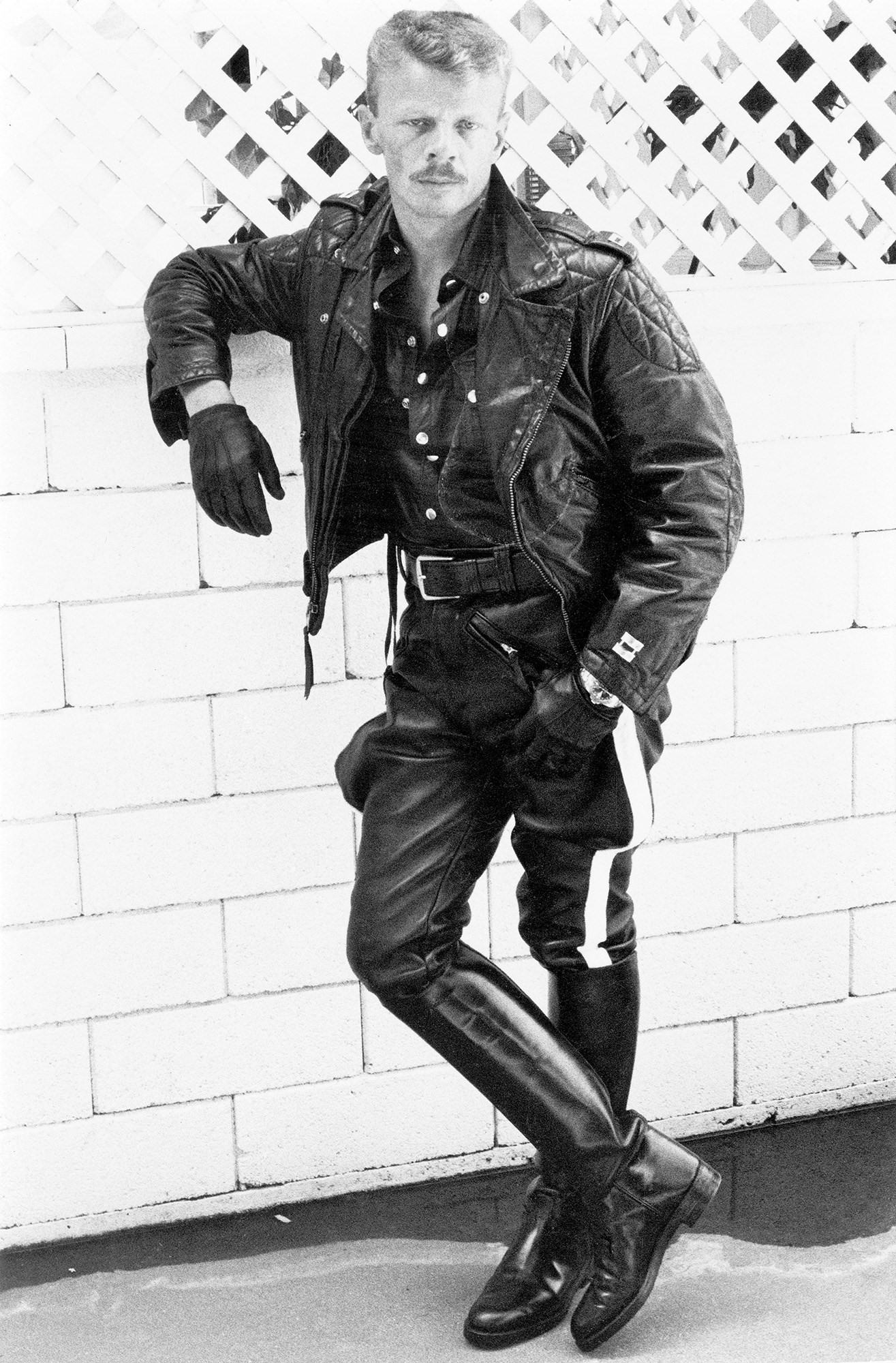
Peter Berlin
Armin Hagen Freiherr von Hoyningen-Huene – also known as Peter Berlin – is a photographer, artist, filmmaker, and model who revolutionised homoerotic film with Nights in Black Leather (1973) and That Boy (1974). He is the subject of the 2019 book Peter Berlin: Icon, Artist, Photosexual (Damiani).
“I met Tom once in the late 1970s. Someone told me that Tom of Finland was doing a book signing in San Francisco. He was sitting behind a table, signing books. I don’t know where I got the idea to ask him to do a portrait of me. I wasn’t a collector but somehow the idea of having a Tom of Finland original was [amazing]. I approached the table, he probably said hello but it was not from his part like, ‘Oh my God, Peter!’ The meeting was not an earthshaking encounter.
“I asked if he would draw me, and he said yes. Since he was there to sign books he couldn’t spend too much time with me but I told him I wanted to have four drawings made and we agreed to a fee of $300 a piece. I told him, ‘I don’t like too much nakedness so you have to draw me with clothes on.’ He agreed. I later saw a quote of Tom saying, ‘To me a fully dressed man is more erotic than a naked one.’
“At the time I sold photographs through a mail order business and sent some of those photographs to Tom to draw. In one of the drawings, I am standing under a street lamp, and it’s interesting to see his drawing compared to the original. While visiting Durk at Tom’s House, I looked through Tom’s binders and saw some sketches of my drawings. The very stylised images he drew were very much my cup of tea. I wish I would have had more contact with Tom.”
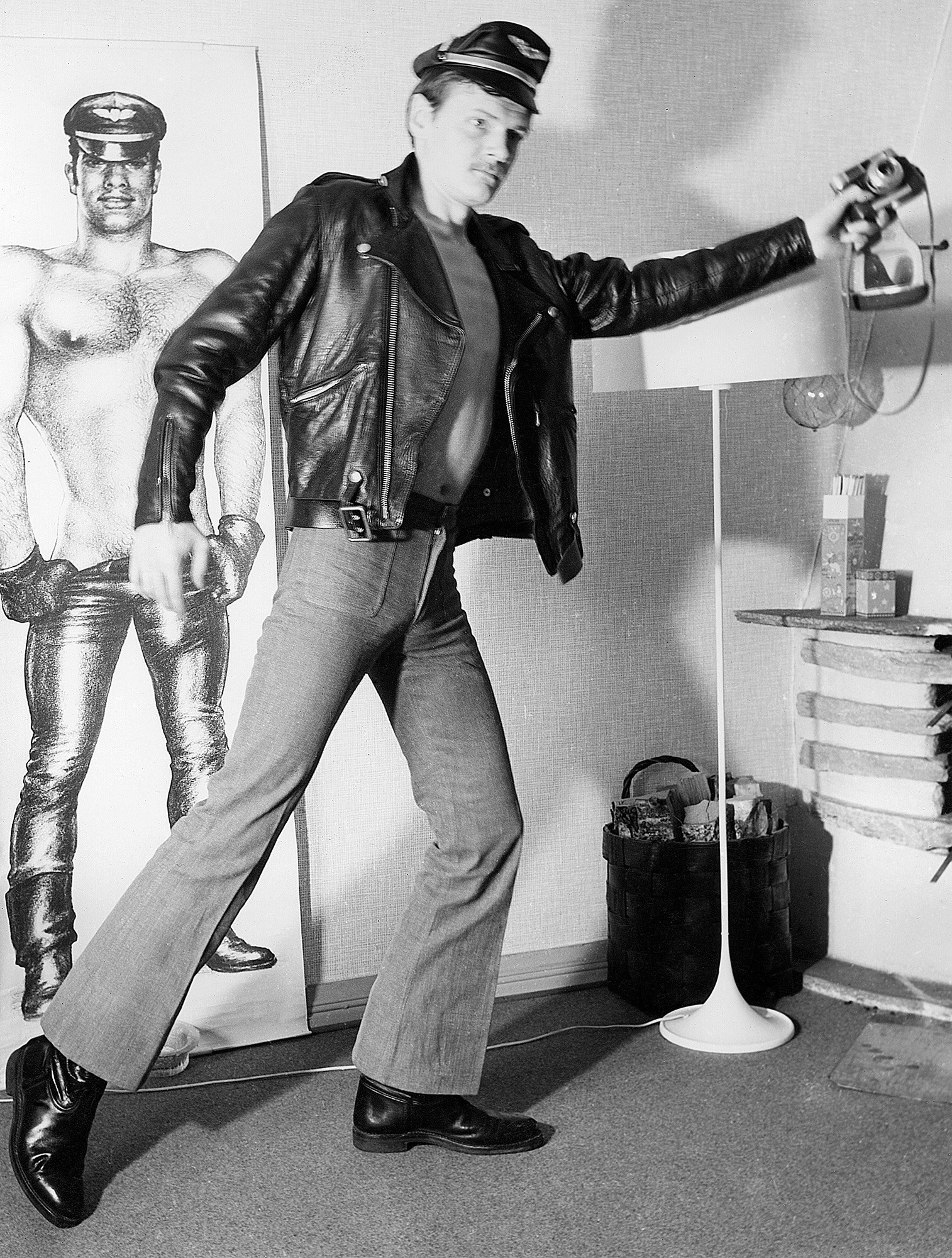
F Valentine Hooven
F Valentine Hooven is a writer, illustrator, and author of several books including Tom of Finland: The Official Life and Work of a Gay Hero (Cerunnos, 2020).
“The Advocate sent me as a writer and artist to interview Tom the first time he came to America at what became the foundation (at that time it was Durk Dehner’s house). Tom later told me when he learned I was coming, he rushed up to his bedroom and set up a whole table with art so when I showed up he was there at work on his art.
“After that interview for The Advocate, I began to volunteer at the foundation because I liked Tom so much and felt his work was important. Later I became president for the last three years of Tom’s life. I was the last person to talk to him. He called me from Helsinki the day they released him from the hospital and let him go back home. He called me and he was carrying on, the happiest I had seen him. He said, ‘I am getting ready for bed. You will not believe what they have put me in! Tom of Finland in pink pajamas!’ He died that night.
“Tom wasn’t in any way pompous or vain. He was vain about his art but not about himself. He called them his ‘dirty drawings,’ but he also felt they were art. He said he hoped that one day there would be a Tom of Finland hanging in the Louvre. He said, ‘Of course in a little side gallery that isn’t very important, but nevertheless in the Louvre!’
“Tom was like the men in his drawings: he wore leathers and liked the leather bars. He talked about when he got to New York, went to the after hours leather bars, and found all these leather men having sex all around him. He said, ‘I finally made it to heaven.’”
Tom of Finland: The Darkroom is on view at Fotografiska New York until 20 August 2021.
